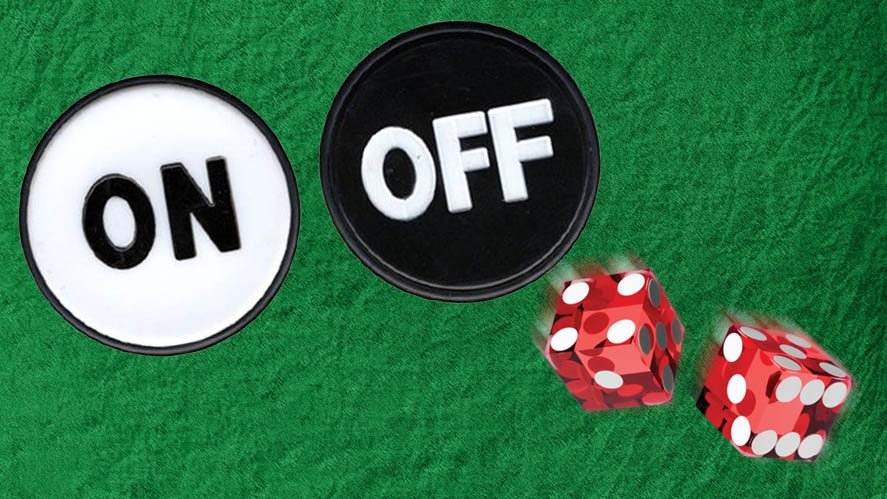

Aug
31
2015
What Veteran Craps Players Don’t Tell You
By Travel Tunica on Monday August 31, 2015

I come into contact with players of all skill levels, and what seems obvious to a casino veteran often is a mystery to a beginner. That’s especially true for craps, where a reader named Lisa said she’d learned to play from her boyfriend and though she had it all down until she tried on her own.
“Some girlfriends and I have a casino day once every couple of months, and we always play slots,” she said. “I was going to be different this time and play craps, too. I got to the table, and out $5 on pass. The first roll was a 7, and I figured I was going to win $5. Instead, they took my money. I said, ‘Wait, shouldn’t I get paid?’ I was told, ‘No, it wasn’t a comeout.’
“Why didn’t they tell me that in the first place? How come I could even make the pass bet if it wasn’t a comeout? What should I have done differently?”
What craps veterans know and Lisa didn’t is that each table has a laminated disc that is turned black side up to show the word “Off” if the next roll is a comeout. It there’s already been a comeout, the disc is turned white side up, showing the word “On,” and is placed on the point number.
“So I should look for the disc before I bet pass,” Lisa said. “Still, shouldn’t the pass bet just be disallowed if it’s not a comeout?”
I explained to her that if you make a pass bet when there’s already a point, it becomes a “put bet” on the point number. It’s used by players who want to take advantage of betting free odds on a known point.
Put becomes as good as place with if you make a 4x odds bet on 4 or 10, 5x odds on 6 or 8, or 6x odds on 5 or 9. With more odds, the house edge is lower on put than on place.
Lisa narrowed all that to the information she needed.
“I’m not going to worry about put bets or the odds,” she said. “I’ll just know now to look for that disc.”
